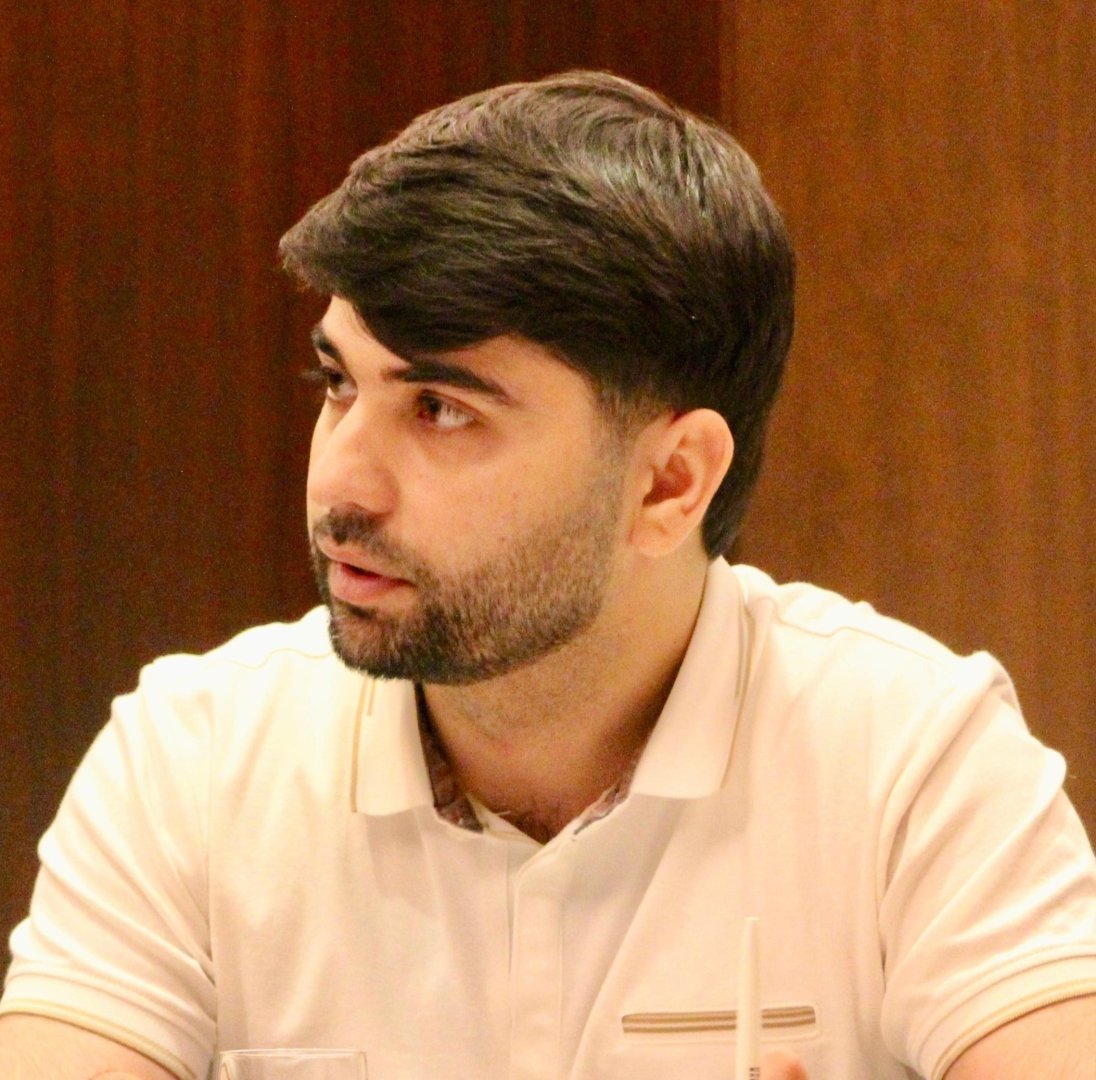BAKU, Azerbaijan, March 4. Statistics portray a bright future for the Trans-Caspian International Transport Corridor (TITR, or Middle Corridor), Valentina Chabert, the representative of the Sapienza University of Rome, a geopolitical analyst, told Trend.
According to her, since the start of the war in Ukraine, many interesting developments have occurred in the field of Eurasian connectivity.
"Traditional routes through Russia have been indirectly affected by Western sanctions, and alternatives have emerged to accommodate a large amount of cargo diverted from the North. Statistics indicate that the Northern Corridor saw a 30 percent decrease in 2022, as European carmakers and large logistics companies shifted to other modalities (especially maritime shipping) to avoid sanctions," she said.
As Chabert noted, against this background, the Middle Corridor running through Central Asia, the Caspian Sea, South Caucasus and Türkiye emerged as a viable alternative.
"Statistics portray a bright future for the Middle Corridor. However, there still exist several challenges to be tackled in order to fully implement its potential. The development of the Eurasian rail connectivity is heavily dependent on a wide range of factors, which include the future direction of EU – China trade; security dynamics in the countries it passes through; and countries’ lack of organizational capacities due to the multimodal nature of the Middle Corridor. In this regard, it is undoubted that several billions euros in hard and soft infrastructure are required in order to upgrade the Trans-Caspian transport capacity, as well as serious political commitment by participating countries," Chabert said.
She pointed out that alongside regional initiatives, fundamental is the engagement with the EU and China to attract investments and geopolitical backing.
"Sanctions against Russia and Iran have been a gift in this regard, as the EU and some member states like France, Germany and Italy have declared interest in stronger regional connectivity to diversify the dependence on strategic raw materials away from Russia. However, a further element to be considered is the deepening crack in Brussels-Beijing relations. If the two powers were coordinating their respective connectivity projects a decade ago, now Brussels presented its Global Gateway Initiative as a competitor to the Belt and Road Initiative," she noted.
The Middle Corridor is a transportation and trade route that connects Asia and Europe, passing through several countries in the region. It is an alternative route to the traditional Northern Corridor and Southern Corridor.
The route starts in China and crosses Central Asian countries such as Kazakhstan, Uzbekistan, and Turkmenistan. It then passes through the Caspian Sea, Azerbaijan, Georgia, and Türkiye before reaching Europe.
The Middle Corridor offers a land route that connects the eastern parts of Asia, including China, with Europe, bypassing the longer maritime routes.






